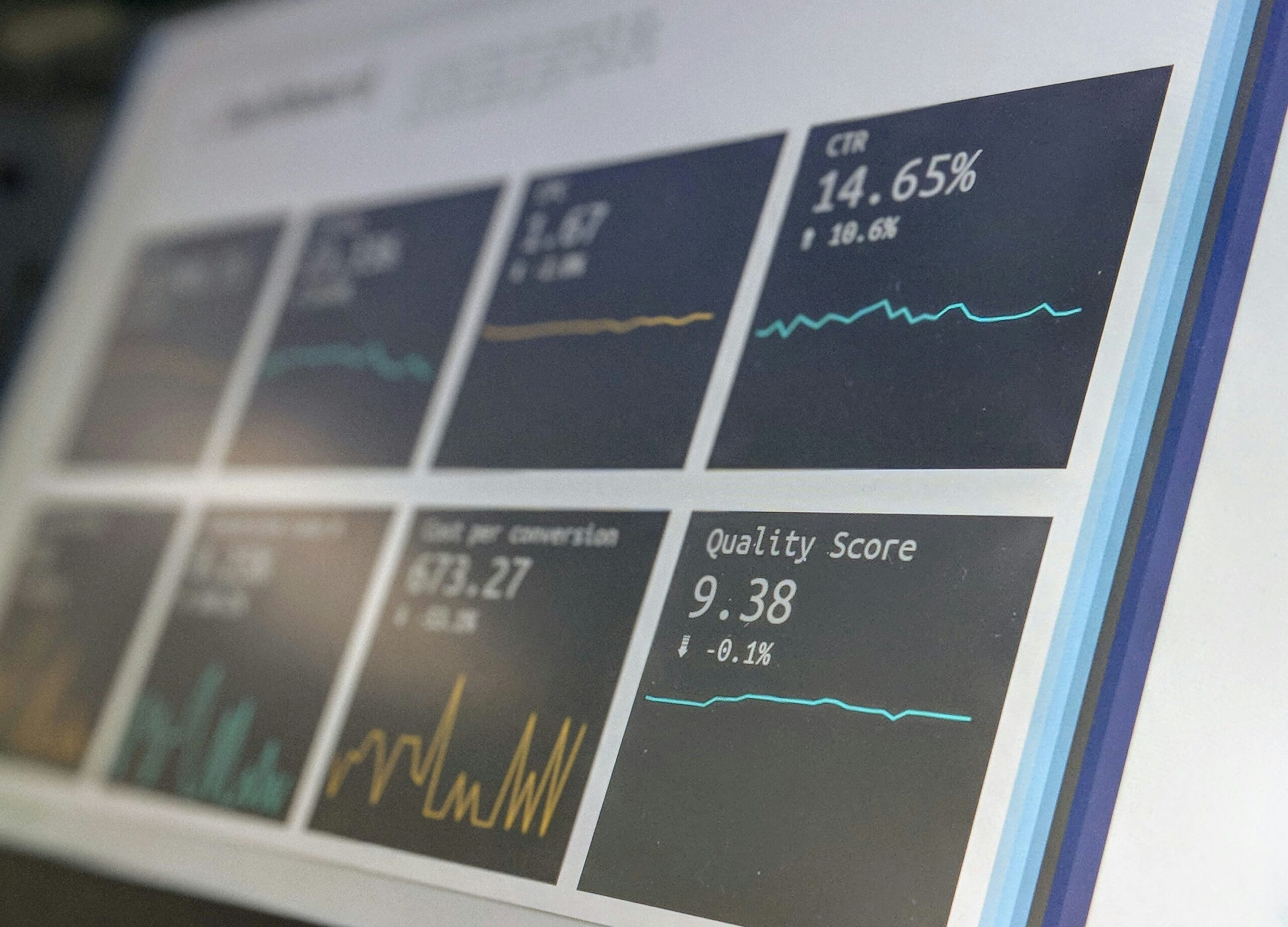Blogs
Building Trust and Establishing Credibility in Media Interactions

Whether it’s speaking at industry conferences, participating in interviews, or engaging on social media platforms, every interaction presents an opportunity to build trust and establish credibility. Here are some practical strategies that will enable companies to increase brand awareness and their share of voice in the media.
Authenticity: The Foundation of Trust
Authenticity forms the bedrock of trust and credibility. The company’s spokespeople and executives should strive to be genuine and sincere in their communications through active listening and speaking with genuine intentions. This is easier said than done.
Reciting prepared statements or using canned phrases with an overly formal or impersonal tone can create distance between the speaker and the audience. Instead, executives should provide thoughtful responses with examples while incorporating key messages. Avoid jargon or complex language to ensure that messages are clear and easily understood.
Sharing personal experiences, real-life anecdotes, and insights that are relevant to the topic being discussed can also add a personal touch and demonstrate genuine intentions, fostering a deeper connection that is based on trust. Meanwhile, asking clarifying questions to better understand perspectives demonstrates a willingness to listen, learn, and have a meaningful exchange of information.
Executives should also pay attention to their non-verbal language. Consistent eye contact conveys attentiveness and engagement. Adopting an upright posture and an open stance demonstrates respect. A sincere smile can effectively convey empathy and foster a positive connection.
Transparency: The Path to Credibility
Transparency demonstrates integrity and helps establish credibility in the eyes of the media and the public. Being transparent in media interactions means being open, honest, and forthcoming in your communication with the media. That, however, does not mean you have to answer every question you are asked. It is okay to create boundaries in all communications. Simply answering a question for the sake of transparency without a strategy behind it, especially in cases where the answer does not serve your purpose can pose business challenges.
Executives should familiarize themselves with the topic at hand and anticipate potential questions to speak knowledgeably and eloquently about their industry, organization, and relevant trends. Ensure that all information shared with the media is accurate by fact-checking data, statistics, and references before sharing them and avoid spreading unverified or anecdotal information.
Being readily available to journalists and media representatives contributes to transparency and builds trust. Executives should respond promptly to media inquiries with helpful information and always keep an eye out for journalist requests on different platforms. Building a reputation as a reliable source of information enhances credibility and increases the likelihood of media coverage.
Transparency also entails acknowledging mistakes, taking responsibility, and providing context to help the media and the public better understand the situation. This also requires preparation and planning. One example is Nestlé acknowledging that over 60% of mainstream food is unhealthy and deciding to update its nutrition standards. While consumers already have some awareness of the unhealthy nature of packaged foods, Nestlé’s response and approach in this situation has not had a significant negative impact on its reputation. By reviewing and updating its nutrition strategy, Nestlé is working to rebuild trust by being more transparent.
Effectively Building Media Relationships
Crafting pitches requires a focus on quality rather than quantity. Journalists’ inboxes are always flooded with countless pitches, making it vital to stand out from the crowd. Instead of adopting a general pitch approach, personalize your pitches based on the journalist’s previous coverage, beat and current trends to connect your story’s relevance to their beat. Doing so can significantly increase the chances of capturing the media’s attention. A well-researched and targeted pitch is far more likely to be considered than a mass email. It’s also important to consider the best time to send out pitches, be mindful about the typical working hours of different media outlets and different time zones when pitching internationally.
However, speed is also of essence. Journalists often work under tight deadlines. Being responsive is crucial for establishing trust. Once a suitable opportunity is identified and contact is made, promptly address any queries for additional information. If you promise to provide information, ensure its swift delivery and avoid causing journalists to wait for responses, quotes, or supplementary materials. Timeliness not only demonstrates your commitment to the opportunity but also showcases reliability, which is vital for cultivating strong relationships between journalists and executives.
Stay Calm under Pressure:
Media interactions can sometimes be challenging, especially when they involve tough questions or potential controversy. Negative emotional reactions, such as heated exchanges, defensive responses, or personal attacks, can undermine credibility as professionals and effectiveness as communicators. Staying calm under pressure demonstrates confidence, professionalism, and the ability to handle difficult circumstances with grace.
When confronted with a question rooted in misinformation or a false premise, it is essential to respond calmly and tactfully—acknowledge the question, clarify any misconceptions politely, and provide accurate information backed by evidence. The goal is to correct the misinformation while maintaining professionalism and respect, thereby establishing credibility, and fostering constructive conversations.
Consider mock interviews and media training sessions to prepare for media engagements and practice communication skills. These exercises can help identify areas for improvement and provide valuable feedback that should lead to improvements in the delivery of key messages. The more prepared you are, the more comfortable and credible you will appear during media interactions.
Latest News



